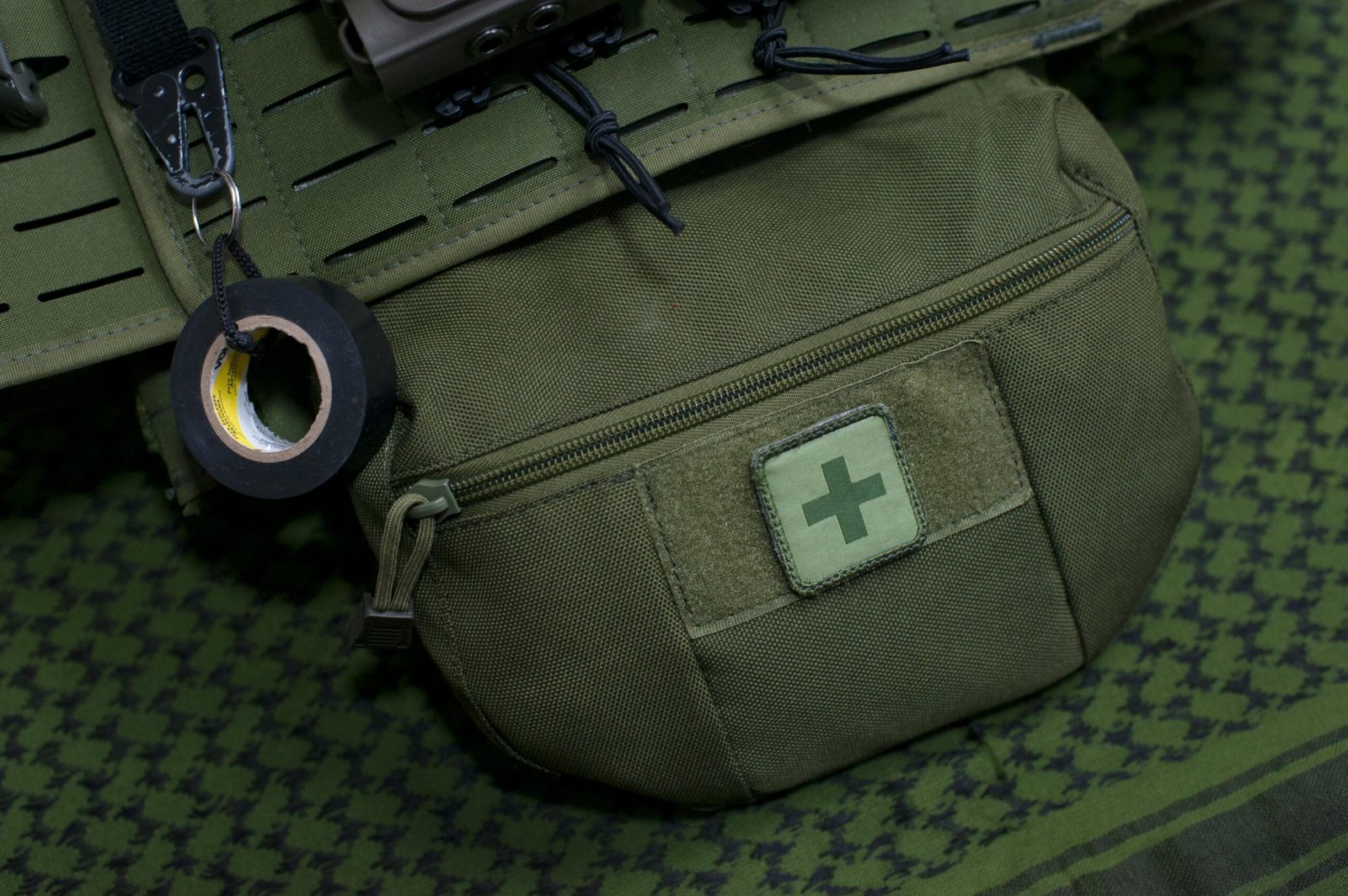If an emergency hits, the last thing you want is to dig through a messy first aid kit full of random stuff you threw together years ago. A good survival kit isn’t complicated. But it is intentional. Every item has a job. Every pocket makes sense. And when your hands are shaking or you’re half-panicked, you can grab what you need fast.
This guide breaks down what to pack, how to store it, how to do it without overspending and how to customize it so it fits your life, not some generic list from the internet.
Let’s do this.
Why This Kind of Kit Matters
You don’t build a survival first aid kit because you’re paranoid. You build one because emergencies happen in real life. People fall, tools slip, fires burn, hikes go wrong, storms hit the house. A solid kit helps you stay calm when something unexpected happens.
Your kit should help you:
- Stop bleeding quickly
- Handle breathing problems
- Clean and close wounds
- Reduce pain
- Stay warm, aware and steady
If you can do those things, you’re already miles ahead of most people.
Core Trauma and Medical Supplies
These are the items that matter when things get serious. Think car crash, chainsaw accident, hunting mishap, fall on rock, that kind of emergency.
For Stopping Bleeding
- Tourniquet
Something legit, not the cheap knockoff from a gas station. Learn how to use it before you need it. - Israeli-style compression bandage
Keeps pressure on heavy bleeding so your hands stay free. - Chest seals
For puncture wounds. Keeps air where it belongs.
For Breathing + Circulation
- Albuterol inhaler (if someone in your group needs one)
Breathing issues go downhill fast. - CPR face shield
Small. Cheap. Important.
For Cleaning and Protecting Wounds
- Irrigation syringe
The goal is flush, not dab. Dirt causes infection every time. - Vaseline or antibiotic ointment
Helps seal and protect wounds. - Aloe gel with lidocaine
Sunburns, stove burns, brush scrapes. It helps.
For Pain and Fever
- Ibuprofen
- Acetaminophen
Keep both. They work differently. Together, they work better. Pair them carefully and follow the dosing.
A Smart Way to Build This Without Spending a Fortune
You don’t need a $300 tactical medic kit to be prepared. You can build a solid setup slowly.
Tips that help:
- Discount stores are great for basics like gloves, gauze and tape
- Compare prices online before you buy trauma gear
- Check reviews for reliability
- Replace things when you use them, immediately
And if you don’t feel like piecing everything together one item at a time, you can start with a ready-made kit and customize it. My Patriot Supply has first aid and medical kits that are built for actual use, not show. They’re organized well and easy to expand if you want to upgrade later.
Think of it as buying a foundation. You add the personal stuff afterward.
Customize Your Kit Based on What You Actually Do
Different environments need different tools. Here’s a simple framework.
| Situation | Add This |
| Daily carry | Small tourniquet, gloves, bandaids, ibuprofen |
| Home base kit | Extra gauze, splinting material, multiple compression bandages |
| Camping / Outdoors | Burn gel, blister care, emergency blanket, good tweezers |
| Multi-day backcountry | Signaling device, antibiotics (prescribed), extra water purification, bear spray if needed |
Ask yourself:
Where will I be? How far from help? What’s the most likely thing to go wrong?
That’s your answer.
Keep It Ready
A good kit is useless if the stuff inside is expired, missing or buried under junk.
- Check it every few months
- Replace anything you use right away
- Keep it somewhere you can reach fast
- Practice opening it and grabbing things with one hand
The familiarity matters more than people realize.
Quick Takeaway
A survival first aid kit doesn’t have to be pretty. It has to work. Build it with intention. Keep it organized. Customize it to your life. Check it occasionally. Done.
When something goes wrong, you’ll be really glad you did.
Quick FAQs
How big should my first aid kit be?
Big enough to handle real problems but small enough that you’ll actually carry it. If it’s too bulky, you’ll leave it at home. A compact pouch that fits in a backpack or glove box is usually a good starting point.
Do I need training to use this stuff?
Some of it, yes. A tourniquet, chest seal and CPR mask work best when you know how to use them. Look up a local Stop The Bleed class or basic first aid class. They’re usually cheap or free. And honestly, the practice builds confidence fast.
What’s the difference between regular gauze and hemostatic gauze?
Hemostatic gauze has a clotting agent to help stop heavy bleeding quicker. It works great. It’s a little more expensive, so think of it as an upgrade item.
Should I keep medicine in my kit year-round?
Yes, but check expiration dates every few months. Heat and moisture break things down faster. If it lives in your car, rotate more often. Meds don’t love summer dashboards.
What’s one thing people forget to pack?
Good tweezers. Cheap tweezers bend the second you need them. Also, a small pair of trauma shears makes life easier when someone’s clothing needs to come off fast.
What if I don’t want to build a kit from scratch?
No problem. You can start with a solid pre-made kit and customize from there. My Patriot Supply has kits that already have the basics organized well. Then you just add your personal items and any upgrades you want.

